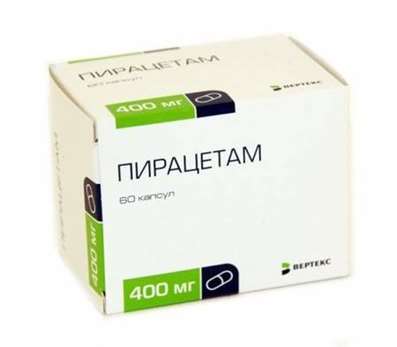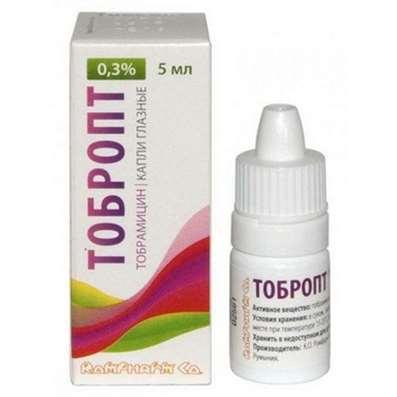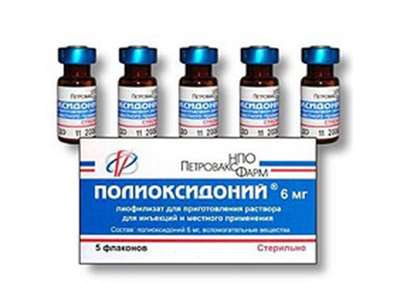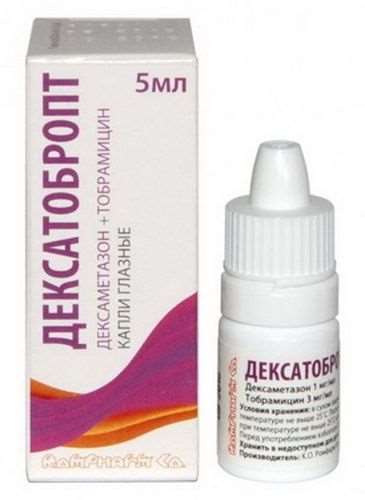Instruction for use: XeMed
I want this, give me price
Dosage form: Compressed gas
Active substance: Xenon
Composition
Composition per 1 cylinder:
Xenon - not less than 99.9999%
Description of dosage form
Colorless gas without a smell.
Pharmacological group
Means for inhalation anesthesia.
Pharmacodynamics
Means for inhalation anesthesia. Xenon provides a quick introduction to anesthesia and rapid exit from it. The depth of anesthesia can vary rapidly depending on the change in xenon concentration in the inhaled mixture. In the ratio with oxygen (60:40, 70:30, 80:20) has anesthetic, analgesic and miorelaksiruyuschee effect. The minimum alveolar concentration (MAK) of xenon is the concentration at which 50% of patients have no motor response to a single irritation (skin incision) - is 71% vol. %. After 2 minutes from the moment of inhalation of xenon, the stage of peripheral paresthesia and hypalgesia occurs, at 3 minutes - the stage of psychomotor activity, on 4 minutes - the stage of partial amnesia and analgesia. With the inhalation of an oxygen-xenon gas mixture with xenon content corresponding to its MAK, the anesthesia stage occurs at 5 minutes, corresponding to the first stage of surgical anesthesia with diethyl ether (according to Hydel). Indications of hemodynamics and gas exchange during the procedure of anesthesia are stable. The exit from general anesthesia is fast. In 2-3 minutes after the termination of inhalation the consciousness with full orientation in space and time comes back. The analgesic properties of xenon are manifested when it is kept in the inhaled mixture with oxygen at a level of 30-40 vol. %. Consciousness is lost with inhalation of 65-70 vol. % xenon in a mixture with oxygen.
Pharmacokinetics
When inhaled, it is easily absorbed, its alveolar and arterial concentrations quickly equalize. In the body is not metabolized, is in a dissolved state in the plasma. It is discharged through the lungs in unchanged form after 4-5 minutes (after 2 minutes the residual alveolar concentration is 5%, after 5 minutes - 2%). The final elimination from the body occurs in the next 4 hours.
Indications
Introductory and supportive general anesthesia in adults during surgical operations in hospital and outpatient settings: general surgery, urology, gynecology, neurosurgery, emergency surgery.
Anesthesia of medical and diagnostic manipulations (including dressings, biopsies, treatment of burn surfaces).
Pain syndrome (including acute coronary insufficiency, myocardial infarction, acute pancreatitis).
In children from 1 year to 18 years of age, general anesthesia is maintained for planned surgical operations in the hospital: general surgery, urology, traumatology, neurosurgery and thoracic surgery.
Contraindications
individual hypersensitivity to the drug;
the use of xenon may be limited in conditions of a leaky breathing circuit, also in operations on the heart, lungs, trachea and bronchi associated with pneumothorax, in which it becomes necessary to use gas mixtures with an oxygen concentration of more than 30 vol%;
xenon anesthesia is not advisable to use when using a semi-open or semi-closed contour without the use of capture units (in dentistry, reconstructive operations on the trachea and bronchi, with a mask version of anesthesia with high or medium gas flow in an open or semi-closed loop), since the accumulation of exhaled xenon in the air is higher Maximum permissible concentration (MPC) = 0.005% by volume may cause lethargy, drowsiness, discoordination of movements in the medical personnel of the operating unit;
children under 1 year;
pregnancy (with the exception of the period of childbirth); lactation period;
diseases accompanied by hypoxia.
Carefully
Organic diseases of the nervous system; a syndrome of acute intracranial hypertension of various etiologies;
Alcohol intoxication (there may be excitement and hallucinations).
Dosing and Administration
Inhalation, in the form of oxygen-xenon mixtures. The minimum alveolar concentration of xenon is 71 vol. %, the oxygen content in the inhaled mixture should be at least 20% by volume. The respiratory gas mixture is formed in the anesthesia apparatus or in another device specially designed for this purpose.
In adults, prior to the beginning of the xenon inhalation procedure, it is recommended that a 5-minute denitrogenation be carried out with 100% oxygen in a semi-open loop with a gas flow of 10 l / min while the patient remains self-breathing. After denitrogenation under the control of the gas analyzer, depending on the nature of the manipulation, the required ratio of the concentrations of xenon and oxygen is established.
In children aged 1 to 5 years, induction is recommended by inhalation sevoflurane, through the face mask on a semi-closed contour, with a gas flow of 4-6-8 l / min (depending on the child's age) 100% oxygen. In children older than 5 years, intravenous induction with hypnotics of ultrashort action (propofol) with pre-oxygenation of 100% oxygen is recommended. Before intubation or laryngeal mask installation, fentanyl at a dose of 3-4 μg / kg and muscular relaxant with esmeron 0.6 mg / kg is intravenously injected with subsequent transfer of the child to the ventilator. In children, denitrogenation is carried out by 100% oxygen gas flow from 4 to 8 l / min, depending on the child's age, at least 5 minutes under a semi-open circuit under the control of the gas analyzer to In O2 values: E tO 2 = 98-100%: 94%.
To stop the pain syndrome, the volume content of xenon in the inhaled mixture is maintained in a volume fraction of 30-40%. The duration of inhalation depends on the severity of the pain syndrome and is usually 5 to 15 minutes.
For anesthesia of surgical and painful manipulations that do not require disconnection of consciousness - inhalation with an oxygen-xenon mixture with xenon content of 40-50 vol. %.
To conduct a deep general anesthesia or quickly reach the required depth of general anesthesia (anesthesia) xenon concentration is 70-80%, maintenance of general anesthesia is 50-70% vol. The method of monoanesthesia with xenon is that after premedication and 3-5 minutes of denitrogenation, the organism is rapidly saturated with xenon with a high flux (1.5 times the vital capacity of the lungs) for 1.5 min under the oxygen analyzer control. Upon reaching the surgical stage, a laryngeal or facial mask is used and anesthesia is maintained with a minimum gas flow xenon: oxygen (70:30). According to this method of the mask version, the surgical stage of anesthesia occurs 3-4 minutes. To maintain anesthesia, the supply of xenon ranges from 100 to 150 ml / min. Exhaled xenon should not enter the atmosphere of the operating room, and through the depressurization valve is sent to a special adsorber, which adsorbs the xenon in a volume of up to 300 liters of waste gas. The adsorber filled with an exhaled xenon is replaced by a new one. Introduction to anesthesia can also be carried out by a more simplified procedure, which is used in the anesthesia of dinitrogen oxide. In this case, after denitrogenation for 4-5 minutes, a mixture (xenon: oxygen) is fed in a ratio of 4: 1. At the same time, the saturation phase is somewhat prolonged and the surgical stage of anesthesia occurs in the 6th to 7th minute with a slightly higher consumption of xenon. This technique also requires an adsorption unit to utilize the used xenon.
Xenon is used in masculine and endotracheal variants as mononarcosis, and / or combined general anesthesia, in combination with various intravenous sedatives, narcotic and non-narcotic analgesics, neuroleptics, tranquilizers.
At the end of the xenon feed, oxygen should be continued for 4-5 minutes (to avoid diffusion hypoxia).
Side effects
Osiplost voice, "metallic" taste in the mouth, hypoxia.
Overdose
Symptoms: hypoxia.
Treatment: oxygen therapy, artificial ventilation.
Interaction
Means for inhalation anesthesia, narcotic analgesics, tranquilizers, neuroleptics, antihistamines increase the inhibitory effect of xenon on the central nervous system.
Special instructions
When masal inhalation anesthesia, it is necessary to achieve complete tightness in the system of the respiratory circuit, and upon reaching the surgical stage of anesthesia, use a laryngeal mask. With masked monocomponent general anesthesia, while preserving spontaneous breathing, the optimal variant of premedication is the use of tranquilizers. In the endotracheal version of the introductory anesthesia in combination with barbiturates or other means for intravenous anesthesia (ketamine + diazepam, propofol), after which the muscle relaxant is inserted and intubation is performed.
Xenon is in cylinders in gaseous form under pressure.
The amount of gas in the container is determined by weighing. One liter of xenon at 20 ° C weighs 5.49 g.
Release form
The gas is compressed.
Cylinders of metal in volume 1,2 and 4 l.
To control the first opening, the balloon valve is equipped with a shrink cap made of a polyethylene film, which is sealed with hot air.
On a spherical part of a neck of a cylinder stick a label from a paper self-glued.
Conditions for storing XeMed
In accordance with GOST 26460.
In a dry place, away from fire, at a temperature of minus 50 ° C to 60 ° C.
Keep out of the reach of children.
Shelf life of XeMed
5 years.
Do not use after the expiry date printed on the package.
Conditions of leave from pharmacies
For specialized medical institutions.

 Cart
Cart





